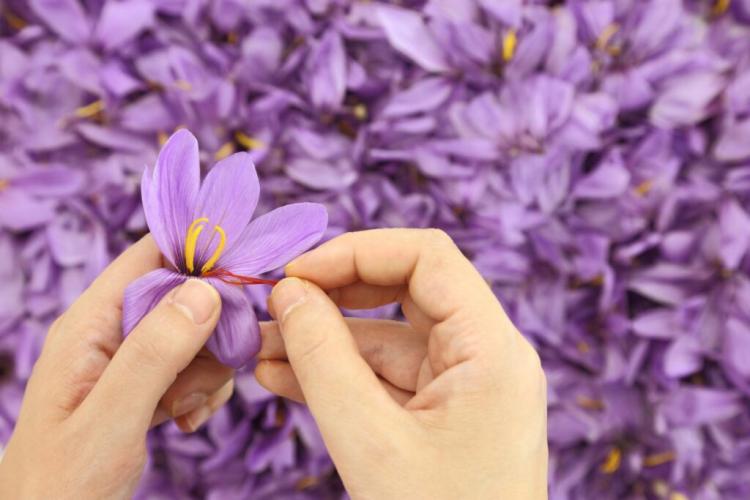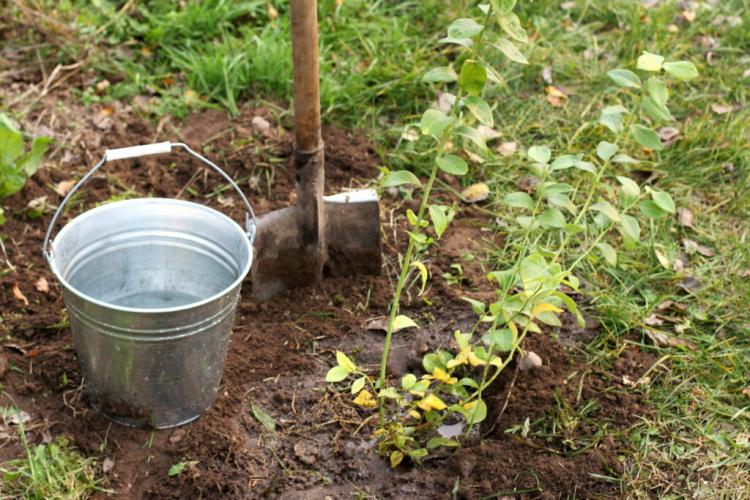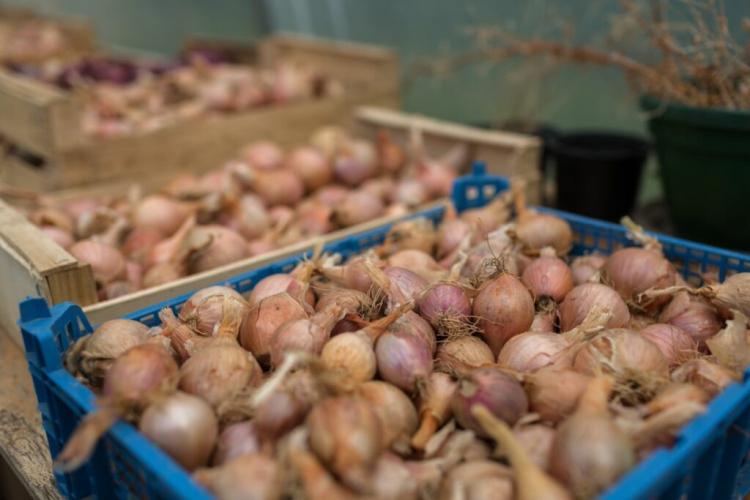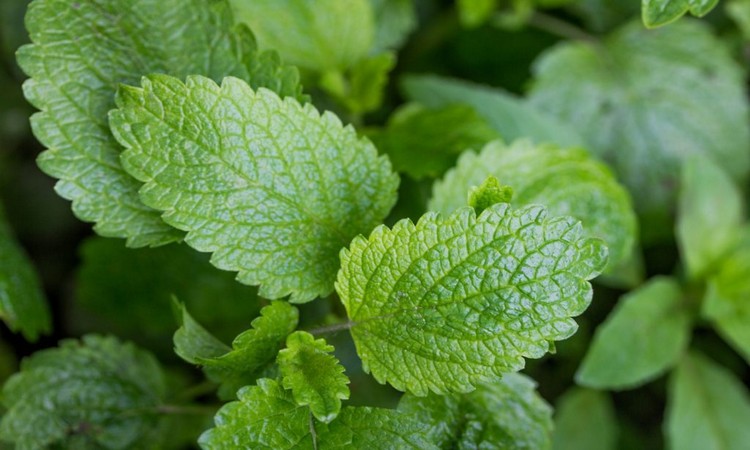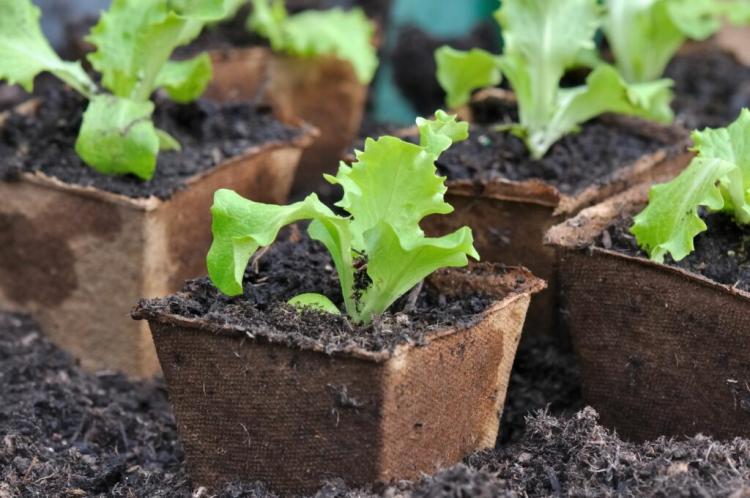Repotting the olive tree: frequency, timing and instructions
Olive trees usually only grow in pots – very limited space for woody plants. This makes repotting the olive trees all the more important. We’ll tell you how to do it.
Olive trees ( Olea Europea ) belong to the genus of olive trees ( Olea ). When planted out, they can reach heights of up to 20 meters and a crown circumference of 5 meters. Unfortunately, this pretty tree is used to a warm, dry climate, so that in our regions mostly pot culture has to be used. In this way, the plant can move to protected winter quarters in icy temperatures. Although olive trees are wonderfully suitable for pot cultivation due to their slow growth and their rather shallow roots, a tree remains a tree. Your olive tree will quickly become claustrophobic in the pot and you will need a new home.
Repotting the olive tree: frequency and timing
Table of Contents
Olive trees are not known for their rapid growth. But they too are gradually getting bigger and can reach heights of up to two meters in the pot. Since the pot does not grow with you, it has to be repotted regularly.
How often does an olive tree have to be repotted?
It is best to report your olive tree for the first time immediately after buying it. In this way, you avoid pests that are dragged along with you and you know for sure that the tree is in the right substrate. Otherwise, it is important to pay attention to the needs of the plant. Do not be guided by fixed times. Young, fast-growing trees sometimes need a new pot every year. At the latest, when the first roots peek through the drainage hole of the pot, they will be repotted. Otherwise, olive trees get a larger pot every two to three years. This guarantees optimal growth of the plants. The roots have plenty of space again and the fresh soil ensures a better supply of nutrients.
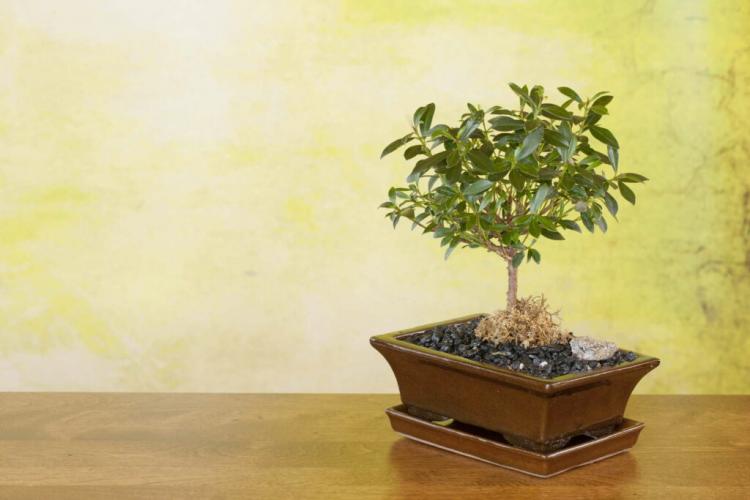
Note: If there is a risk of root rot because waterlogging has formed, repotting is also carried out.
When is the right time to repot the olive tree?
Your olive tree should move to its new home from late winter to early spring. Repotting shortly before leaving the winter quarters has the advantage that the plant has recovered well from its hibernation. In addition, it is much easier to start the new growing season with fresh soil.
You might so like: Propagate Fig Tree: Propagation With Cuttings
Repotting the olive tree: the right soil
Even if the pot culture is the right thing for the cold-sensitive trees in our climate, the tree is severely restricted. This limitation chooses the right soil and its condition incredibly important to the development of your olive tree. Use garden soil mixed in with sand and humus, or citrus soil. If necessary, potting soil can also be used. The main thing is that the soil used is nice and loose and permeable so that no waterlogging forms. Otherwise, there is a risk of root rot.
Note: Mix in eggshells, potash, or bone meal with the earth. This guarantees a good supply of potassium and makes the olive tree less sensitive to cold.
Repotting the olive tree: the right pot
The new pot should be about 4 centimeters larger than the old one. If you choose a much larger pot right away, it will take too long for the new soil to be so well rooted that the tree will find a good hold. In addition, trees that are sensitive to waterlogging should definitely not do without a drainage hole. You can put your pot on small feet so that these are never in the water.
You might so like: How To Repot Cactus: Video Instructions And Care Tips
A drainage layer made of gravel or potsherds on the bottom of the pot further reduces the risk of waterlogging. What material the pot is made of does not matter to the plants. When choosing the potting material, however, you should bear in mind that you have to move the plant and the pot when you move to winter quarters. Plastic pots may not be as aesthetic as terracotta pots. But from a certain size, it becomes a feat of strength to move the heavy pots together with the ever-growing olive tree. If you want to combine the advantages of both materials, put your olive tree in a plastic pot in a terracotta plant pot in summer. That way, the tree doesn’t tip over so quickly.
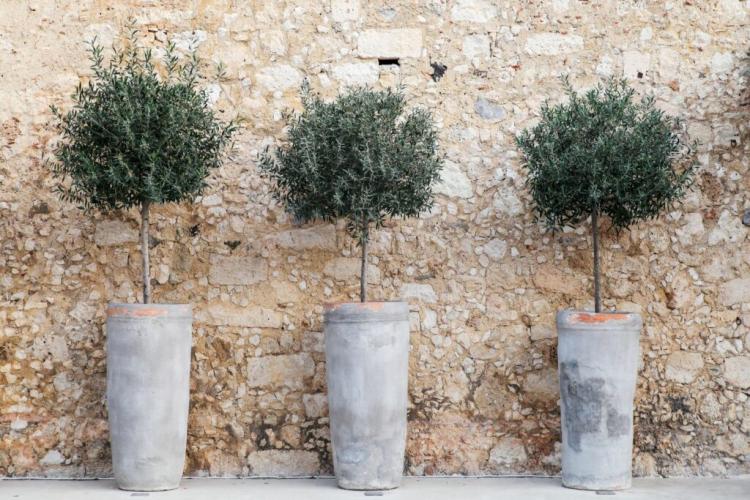
Repotting the olive tree: instructions on how to do it
The bigger the tree, the more difficult it is to repot. Therefore, especially with larger specimens, repotting while lying down has proven to be practical. So that repotting works for you too and you don’t have to struggle too much with the tree, here are step-by-step instructions:
- The olive tree is carefully placed on its side
- Release the root ball from the pot by turning and pulling at the same time
- Remove dead fine roots
- Removal of moss and weeds from the root disc
- Lay a drainage layer on the bottom of the new pot
- Fill 20 – 30% of the new pot with soil and press lightly
- Put on the olive tree and put it in the new pot
- Straighten the trunk; Fill the gaps between the pot and the ball with soil
- Press the earth firmly on
- Water well
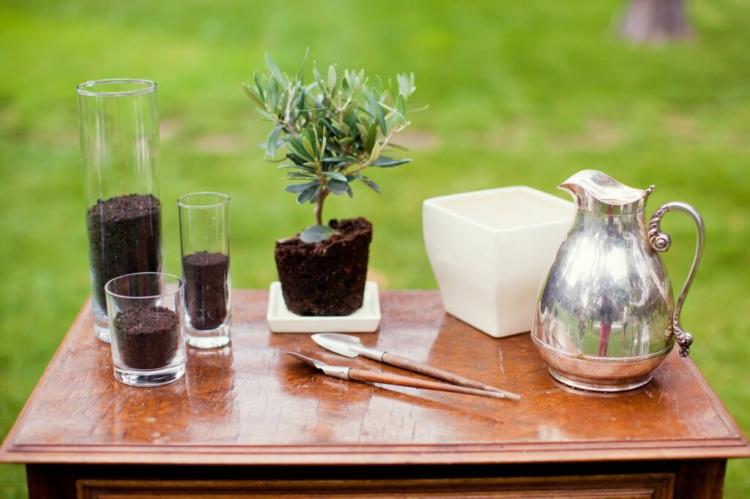
Especially when it is high time to repot, the root ball sticks all the more firmly in the pot. Being squeamish doesn’t help much. Pinch the tree between the legs and then pull hard. If still nothing happens, you have to get strong helpers or even smash the old pot. If you want to correct the crooked growth of your olive tree when repotting, the root ball is shortened on the side that is opposite to the center of growth. If the tree grows to the left, the bale is shortened on the right side. In addition, the olive tree must not be fertilized for six weeks after repotting, as the new soil contains sufficient nutrients for this period.
Note: If the tree is not to grow any further after repotting, the root ball is cut back. But never take away more than 10% of the roots.
You can find more tips for caring for your olive tree in the pot here.


